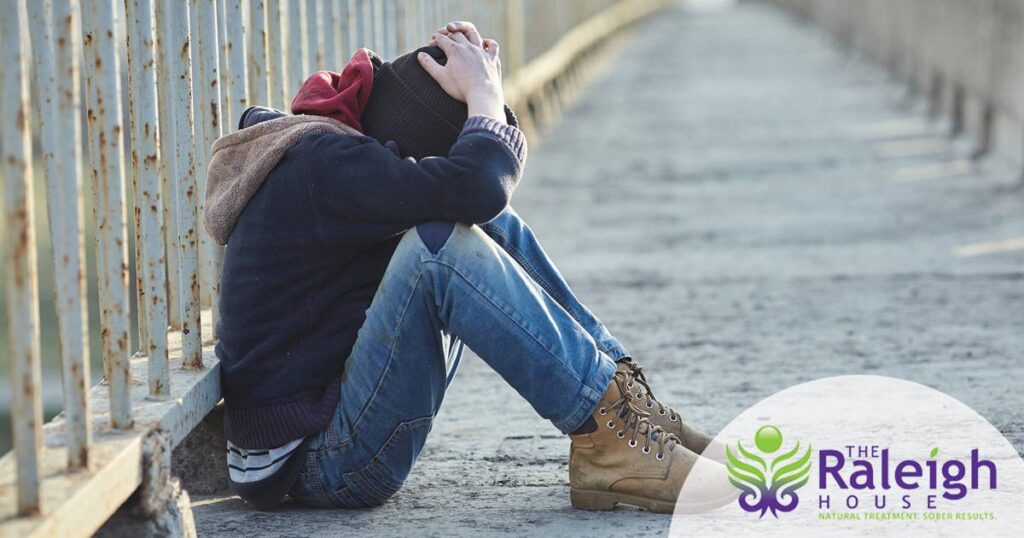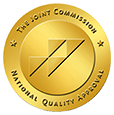
The numbers are scary: Heroin-related deaths doubled in the state of Colorado, increasing from 79 in 2011 to 160 in 2015. And the highest rates were in the urban parts of the state, including the Denver area.
Those numbers are according to a recent report by the Heroin Response Work Group, an organization formed in May 2016 to assess the extent of the state’s problem.
The full report can be found here, but these are a few of the findings:
- Heroin is on the rise. Reported arrests for heroin offenses in Colorado have increased by 515 percent from 743 in 2011 to 4,575 in 2015.
- Pounds of heroin seized in Colorado increased 1,562 percent from 16.1 to 268.7 pounds from 2011 to 2015.
- The documented use of Naloxone—the heroin antidote sold under the brand name Narcan—by Colorado emergency medical services has increased 240 percent from 2011 to 2015. It was used 3,393 times in 2015.
- New cases of hepatitis C—which is often caused by sharing needles—rose from 379 in 2011 to 729 in 2015.
- The number of people in treatment for heroin addiction has increased 128 percent from 2,994 in 2011 to 6,815 in 2015. The majority of them are white males between the age of 18 and 42 who have never married and are unemployed.
- In a survey on heroin in Denver, 70 percent of treatment participants said that their addiction started with prescription painkillers.
- Both the cost and purity of heroin decreased from 2011 to 2015. Purity levels dropped from 31.9 percent to 17.1 percent—a move made by dealers to maximize volume and profits.
The report goes on to note that Colorado’s rate of drug overdose is significantly higher than the national average, but that “there are signs to suggest” that heroin overdose death rates have stabilized. Namely, there was no significant difference between death rates in 2014 and 2015.
That’s a small bright spot in an otherwise bleak report. But the report did accomplish its goal—discovering the extent of the epidemic. And, as we all know, you can’t find a solution until you’ve clearly defined the problem.
When Heroin Hits Home
If someone you love suffers from heroin addiction, the first thing to realize is that you’ll need help freeing them from the physical and mental grip the disease has on them. At The Raleigh House, a master’s level therapist is assigned to all new residents to help them on their journey of physical, mental and spiritual recovery. Call us today or fill out this form for more information on The Raleigh House’s 90-day residential heroin treatment program.




